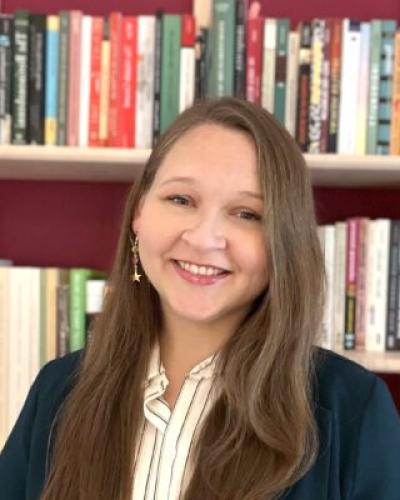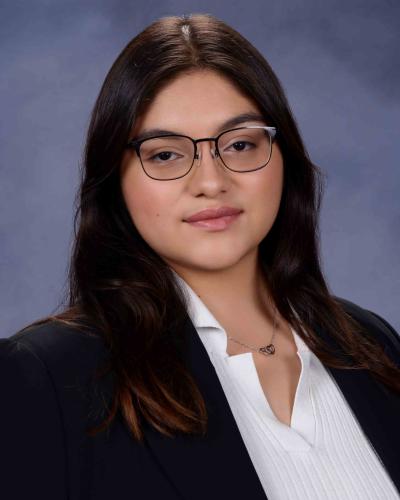My research explores human interactions with animals in the past. I did my first archaeological fieldwork in North America while in high school; since then my work has been based mainly in southeast Europe and Turkey, with a few forays elsewhere (Pakistan, Russia, and occasionally New York).
Early on I was impressed by the amazing amounts of information to be gained from archaeological animal bones: they are hard enough to survive burial in most conditions, but soft enough to be marked by their treatment and so inform us about human activities and postdepositional processes; they can often yield species, body part, size, age, sex, and health information about the animals from which they derive, all of which tell us a great deal about both their lives and human behavior.
Like most zooarchaeologists, I am interested in human hunting and herding strategies, diet, and animal domestication. But my particular interest lies in the social and symbolic roles played by animals in human societies. This began with a focus on meat sharing and feasting in my dissertation project, and has expanded to include animals as wealth and bridewealth, sacrifice and other ritual, taboo, and the spiritual roles of animals. My book Social Zooarchaeology is a manifesto making the case for the importance of these topics, and pointing the way toward methods to pursue them, notably contextual analysis.
I spent many years as co-director of the zooarchaeology lab at Çatalhöyük, a large and endlessly fascinating Neolithic site in Turkey. Animals are prominent in art, architecture, and special deposits, as well as the remains of everyday meals. Once thought to be the center of cattle domestication, we have now shown that the adoption of domestic cattle was actively resisted for hundreds of years, I think because of the tremendous ideological importance of wild cattle. I am still working on bird remains from Çatalhöyük as well as some earlier sites nearby, and exploring the many aspects of human-bird relations in the Neolithic.
I am in the early stages of framing a new book on the changing roles of animals during the transition to agriculture in the Near East, which I argue were central to what Gordon Childe termed the Neolithic Revolution. The conversion of some animals into property transformed both human-animal and human-human relations. Powerful wild animal spirits were challenged and reinterpreted, even as human lives were reworked to accommodate new forms of labor and wealth, and altered habitats affected wild animal lives. I remain enthralled by the myriad and meaningful ways that animal and human lives have intertwined through the millennia.





